Home>Ideas and Tips>The Alchemy Of Patina Artistic Aging Techniques
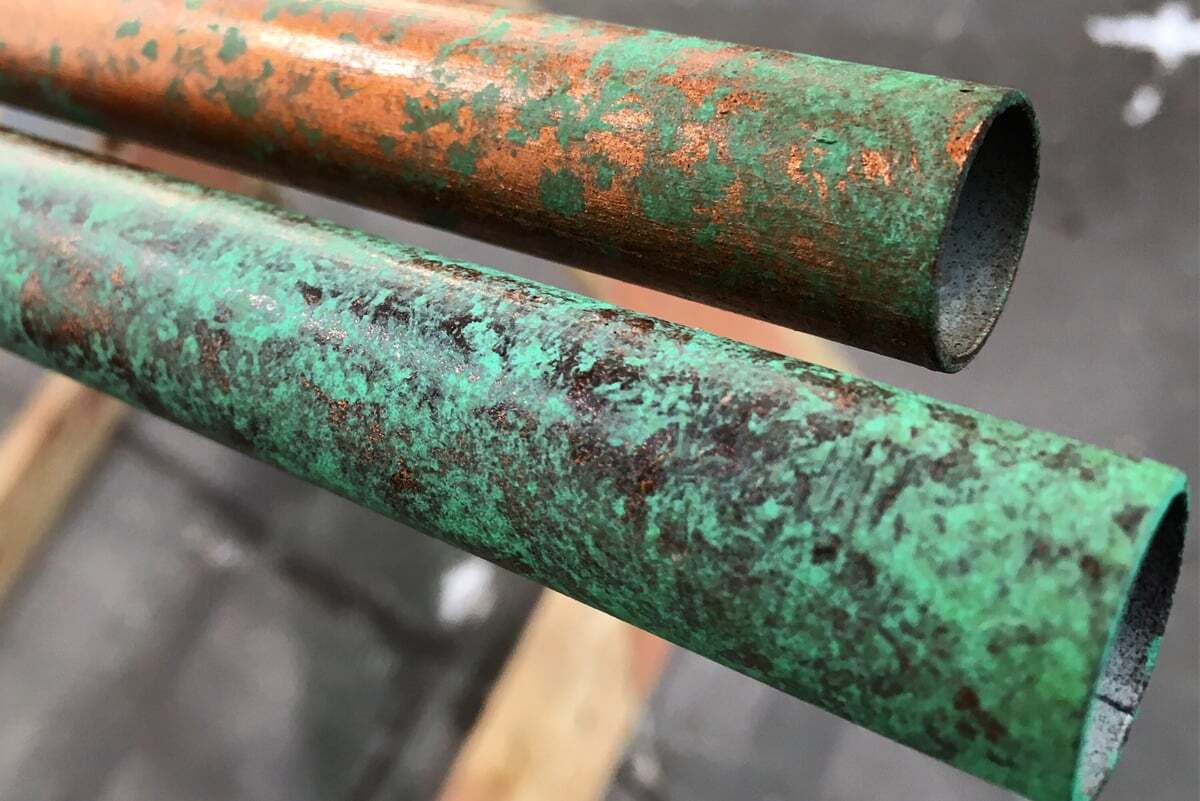

Ideas and Tips
The Alchemy Of Patina Artistic Aging Techniques
Published: October 20, 2024
Discover the art of patina and its aging techniques. Learn how artists create unique surfaces that tell stories of time and history.
(Many of the links in this article redirect to a specific reviewed product. Your purchase of these products through affiliate links helps to generate commission for Storables.com, at no extra cost. Learn more)
In the realm of art and craftsmanship, the concept of patina has long been revered for its ability to imbue objects with a rich sense of character and history. Patina, often described as the "story" of an object's surface, is a testament to the passage of time and the interactions between materials and their environment. This article delves into the alchemy of patina, exploring its origins, significance, and various artistic aging techniques that artists and craftspeople use to create unique and captivating works.
The Origins of Patina
The term "patina" originates from the Latin word for "dish" or "plate," which was used to describe the layer of oxidation that formed on metal surfaces over time. This natural process, driven by chemical reactions between metals and their environment, has been observed and utilized by artisans for centuries. The earliest recorded evidence of patina dates back to ancient civilizations, where metals were used extensively in jewelry, tools, and architectural elements.
Read more: The Alchemy Of Concrete Countertop Creation
Early Discoveries and Alchemy
The discovery of metalworking techniques around 1000 BC laid the foundation for the field of chemistry. Early experiments with metals led to the development of pigments, dyes, and alloys. For instance, carminic acid extracted from female cochineal insects created a new red dye, while sulfur mixed with mercury produced vermillion, a vibrant red pigment. These early discoveries not only advanced metallurgy but also fueled the quest for alchemy, which drove intensive experimentation with metals.
The Alchemy of Patina
Patina is not merely a product of corrosion; it is an evolution, a narrative etched into the material itself. The process begins with oxidation, a chemical reaction between metals and oxygen in the air. This reaction forms compounds like copper carbonate on bronze surfaces, resulting in the distinctive green hue known as verdigris. The alchemy of patina involves understanding these chemical processes and harnessing them to create unique surfaces.
The Significance of Patina
Patina holds a place of profound significance in the world of art. It is not just a sign of age or wear; it is a testament to the object's journey through time. The visual narrative of patina adds character and depth to artworks, much like the wrinkles on a wise elder's face tell a story of experience and wisdom.
Preserving History
Patina acts as a protective shield, guarding the underlying metal from further corrosion. In the case of bronze sculptures, green patina serves as a natural defense mechanism, ensuring the longevity of the artwork in the face of environmental elements. This preservation aspect underscores the importance of patina in maintaining the integrity and historical significance of artworks.
Read more: The Alchemy Of Metallic Paint Finishes
Aesthetic Appeal
The aesthetic allure of patina lies in its ability to create visually captivating surfaces. Artists and craftspeople often intentionally induce patina through various techniques, such as exposing metals to specific environments or applying chemical treatments. This deliberate aging process can enhance the form and beauty of an object, making it more intriguing and valuable.
Artistic Aging Techniques
Artists and craftspeople employ several techniques to create patina, each with its own unique characteristics and applications.
Natural Patination
Natural patination occurs over time as a result of exposure to environmental elements. For example, bronze sculptures develop green patina due to oxidation, while copper and brass acquire verdigris through similar chemical reactions. This natural process is often celebrated for its unique and historically significant results.
Induced Patination
Induced patination involves intentionally creating patina through various methods. One common technique is using acids or other chemicals to accelerate the oxidation process. For instance, liver of sulfur is commonly used to create patina on silver and copper jewelry.
Read more: The Alchemy Of Rust Restoration Techniques
Historical Pigments and Alchemy
Historical pigments played a crucial role in the development of patina. Artists used pigments like orpiment, realgar, cinnabar, verdigris, smalt, azurite, and others to create unique colors and textures. These pigments were often derived from minerals or natural sources and required careful refinement and application.
Modern Materials and Techniques
Modern materials and techniques have expanded the possibilities for creating patina. Acrylic paints, for example, can develop a patina over time due to exposure to light and environmental factors. Artists also experiment with combining different materials to achieve desired effects, such as using iron filings that rust intentionally.
Case Studies: Artists and Their Techniques
Several artists have made significant contributions to the art of patina by experimenting with various techniques and materials.
Nancy Lorenz: Combining Tradition with Innovation
Nancy Lorenz is an artist known for combining post-war abstraction with materials and techniques from Asian and Western craft traditions. Her work often incorporates everyday materials like corrugated cardboard, which she gilds and seals to create unique surfaces. Lorenz's use of materials like iron filings that rust intentionally adds an element of unpredictability to her art, reflecting her interest in the alchemical qualities of materials.
Ernst Fuchs: Mischtechnik and Alchemical Qualities
Ernst Fuchs was an Austrian artist who developed the Mischtechnik technique, which combines oil painting with egg tempera. This technique allows for a high level of detail and color depth, similar to alchemical processes that transform base materials into something more refined. Fuchs's use of Mischtechnik exemplifies how artistic techniques can be seen as an extension of alchemical principles.
The Debate Over Restoration and Preservation
The preservation of patina is often debated in the context of restoration and conservation. Some argue that removing patina destroys the object's history and unique symmetry developed over time. Others believe that excessive patina can obscure the artist's original intentions, making it difficult to appreciate the artwork as intended by the creator.
Michelangelo's Sistine Chapel
The cleaning of Michelangelo's Sistine Chapel ceiling is a notable example of this debate. Svetlana Boym discusses the controversy surrounding the restoration of this iconic work in her book "The Future of Nostalgia". The removal of grime and soot revealed hidden details but also removed some of the patina that had accumulated over centuries, sparking a heated discussion among conservators and art historians.
Conclusion
Patina is more than just a sign of age; it is an integral part of an object's narrative. Through its alchemical processes, patina transforms materials into unique surfaces that tell stories of time and history. Artists and craftspeople continue to explore and harness these processes to create captivating works that reflect both the material's inherent qualities and its journey through time.
In conclusion, the alchemy of patina remains a fascinating subject that intersects art, history, and material science. By understanding and intentionally inducing patina through various techniques, artists can imbue their creations with depth, character, and significance. Whether through natural processes or deliberate manipulation, patina continues to be an essential element in the world of art and craftsmanship.
Read more: How To Age Glass
References: THE ALCHEMY OF PAINTING MEDIUMS & PIGMENTS – YouTube VoCA Journal ALL THAT GLITTERS Defining the Acrylic Patina | Just Paint A Rich Sense of Character: A Look Back at Patinas – Interweave How to Remove Green Patina from Bronze Sculpture – For The People Collective
Was this page helpful?
At Storables.com, we guarantee accurate and reliable information. Our content, validated by Expert Board Contributors, is crafted following stringent Editorial Policies. We're committed to providing you with well-researched, expert-backed insights for all your informational needs.
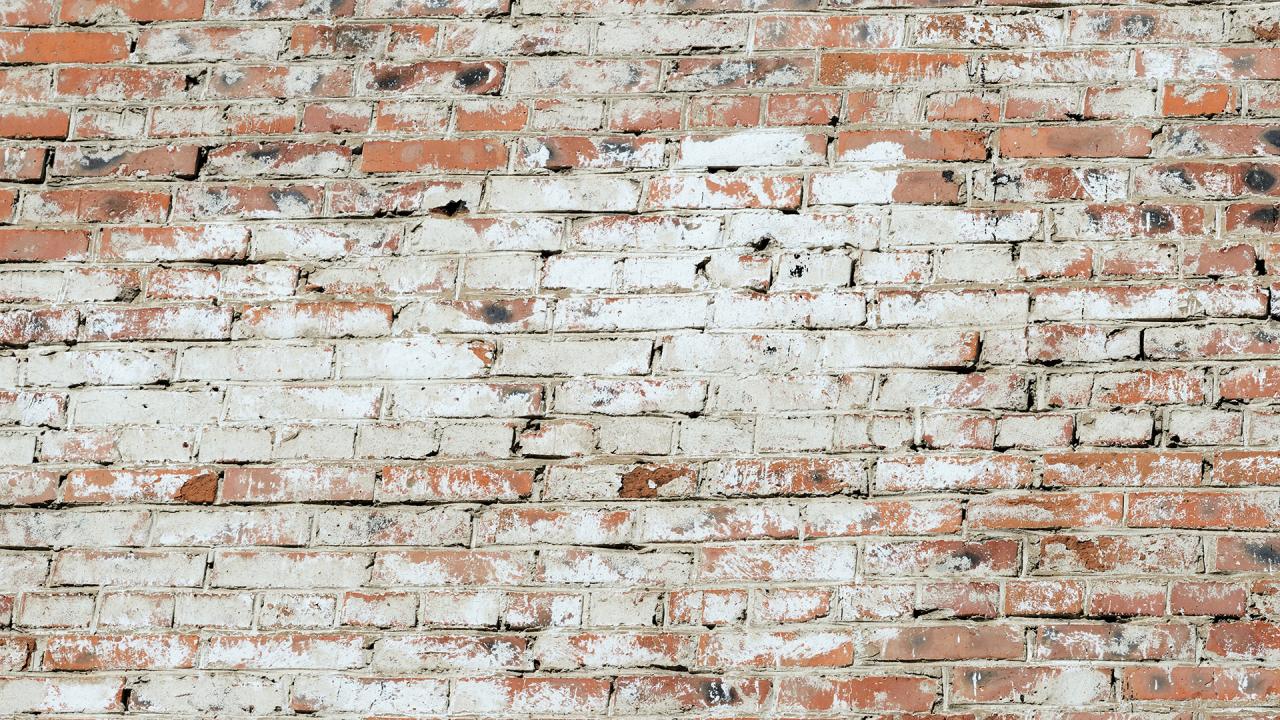
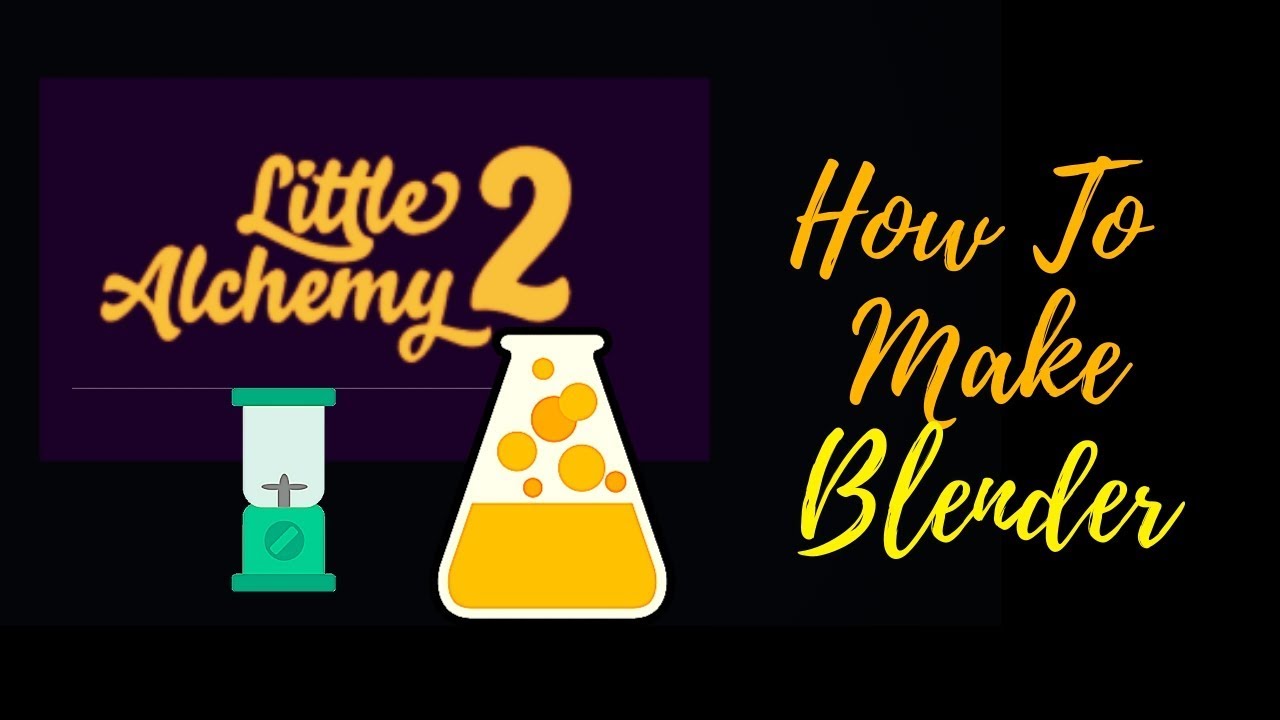
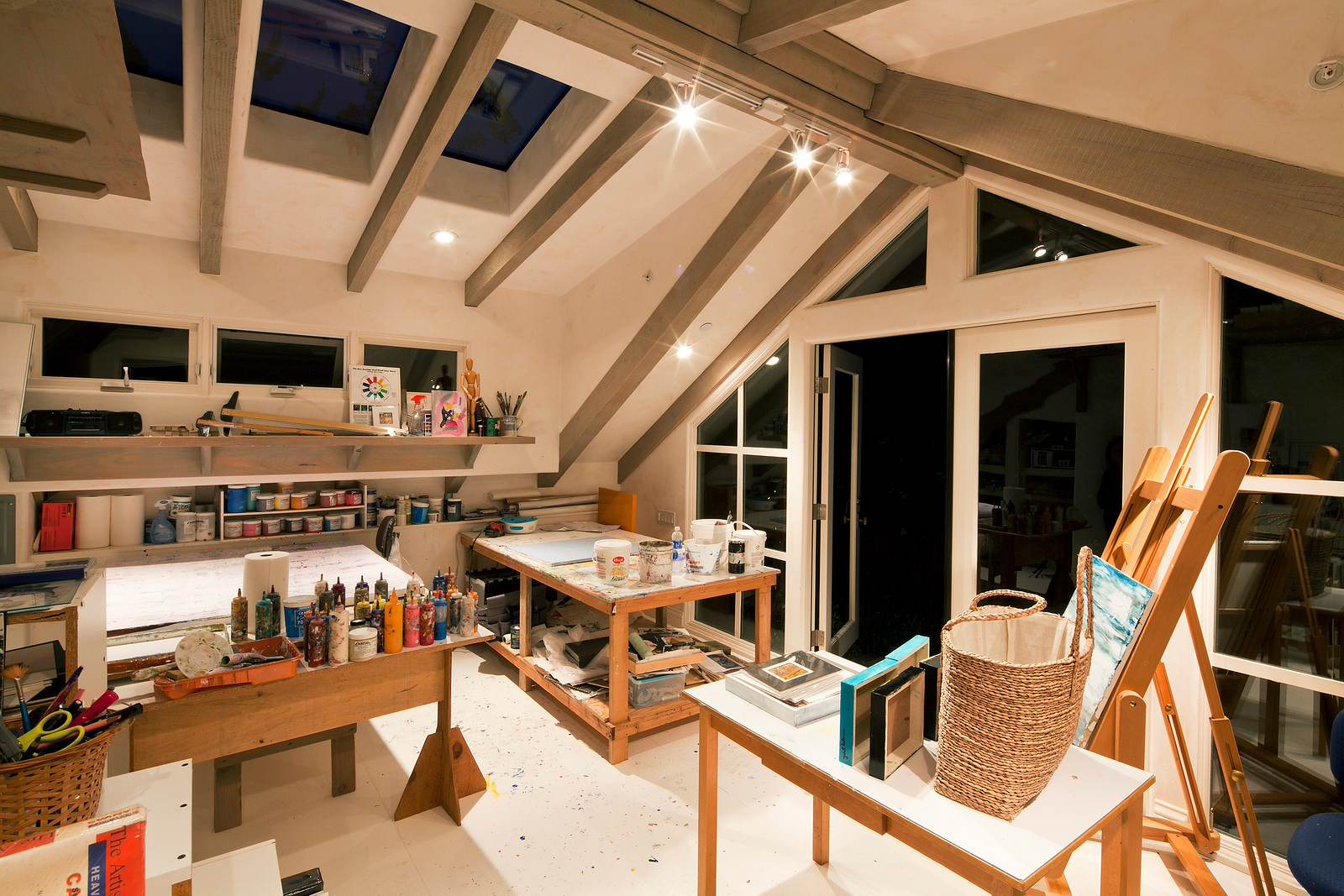
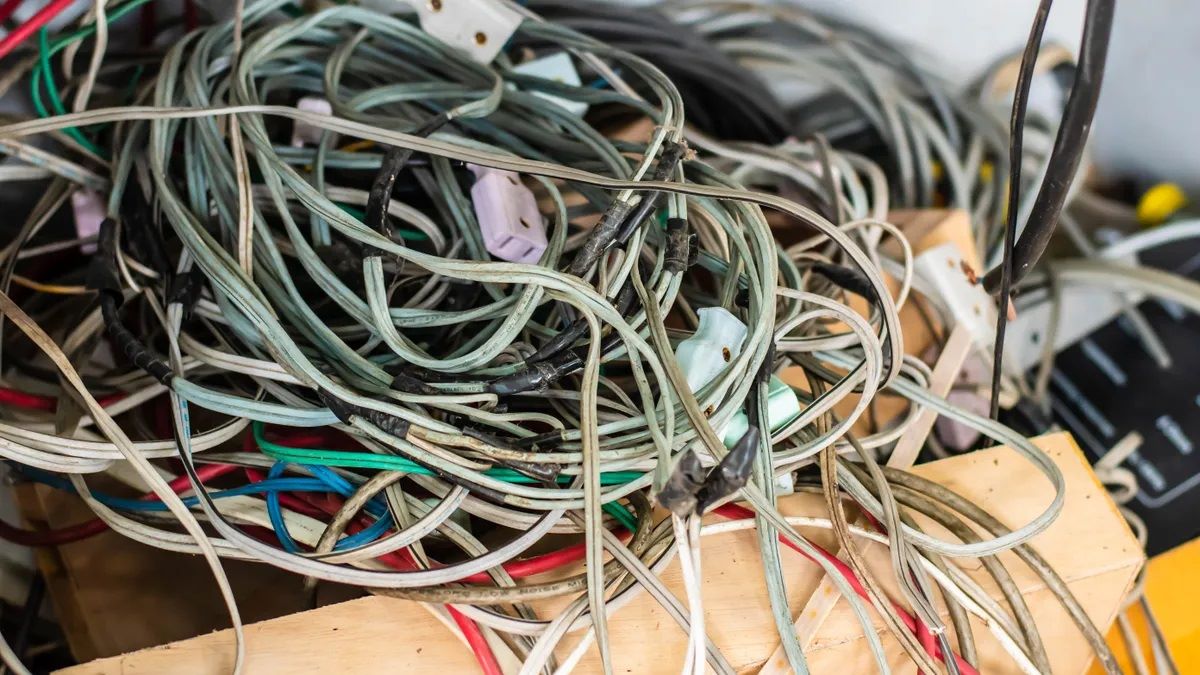


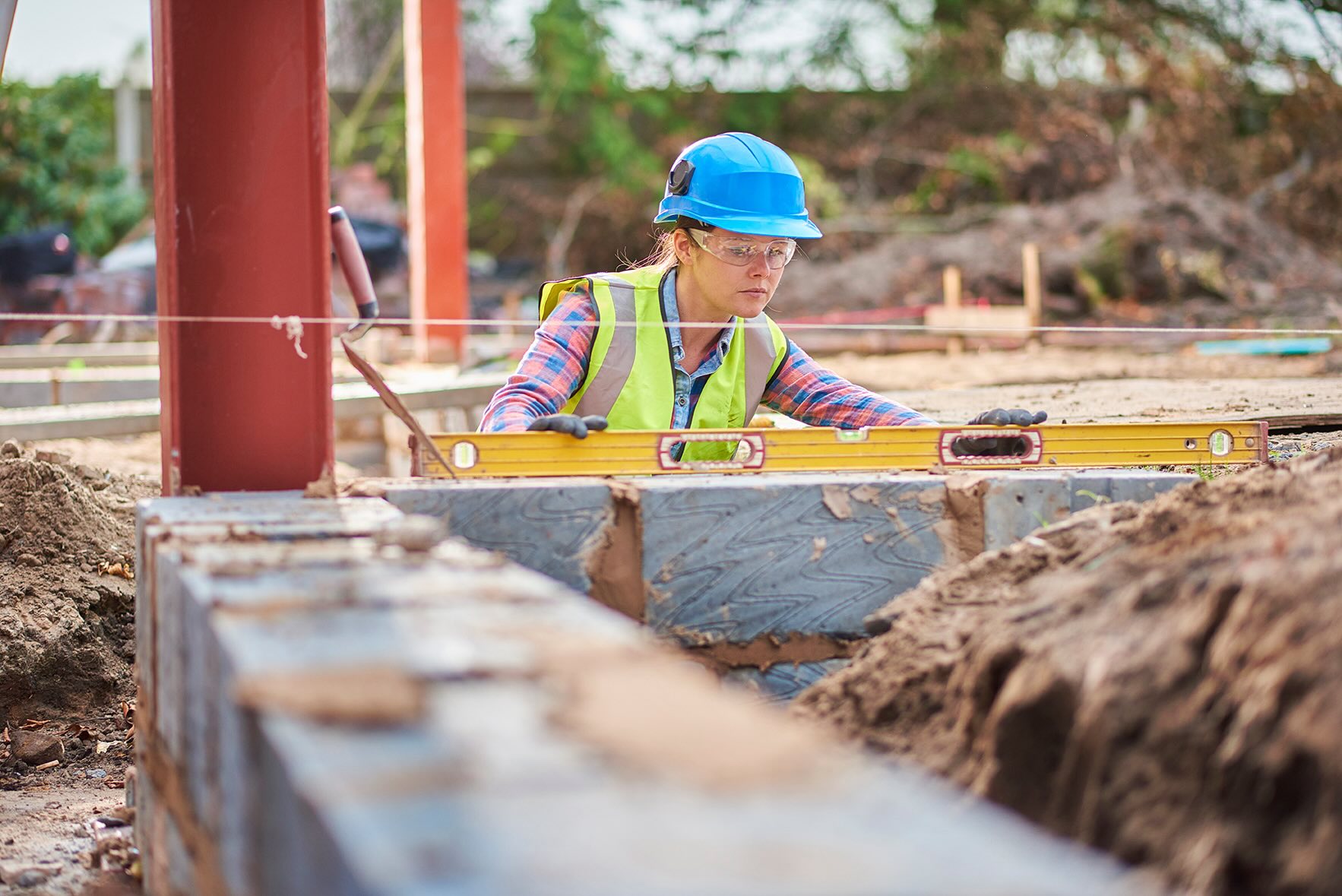
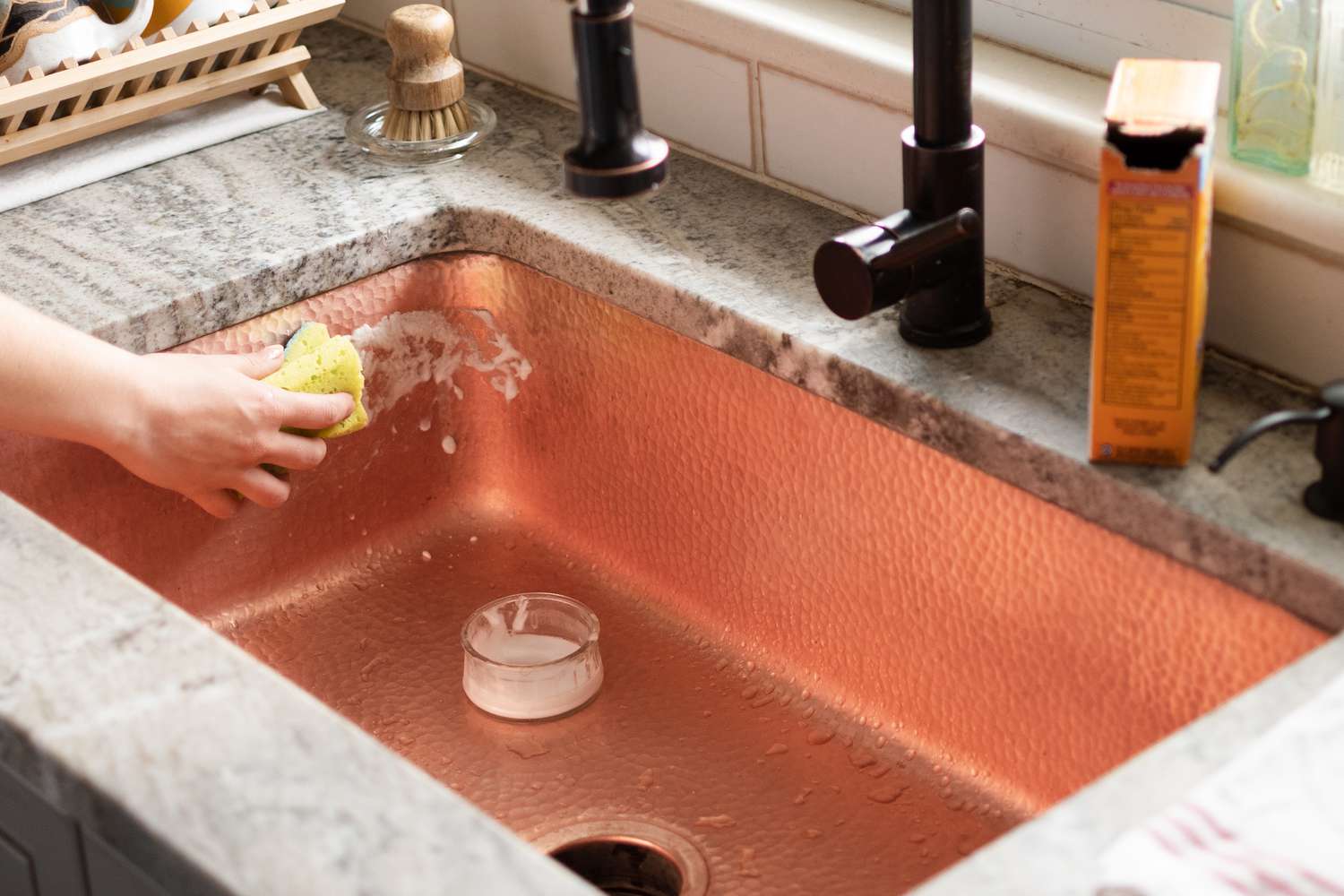




0 thoughts on “The Alchemy Of Patina Artistic Aging Techniques”